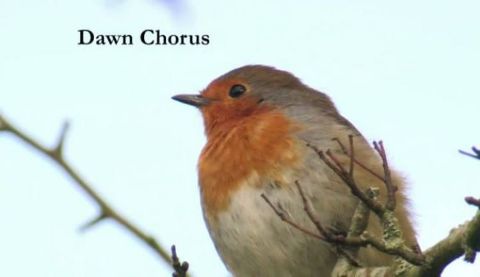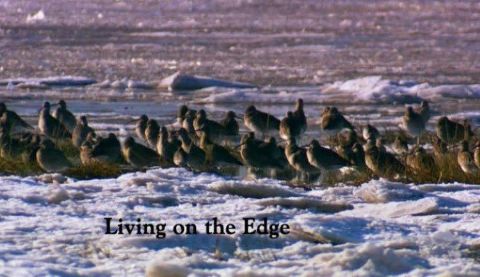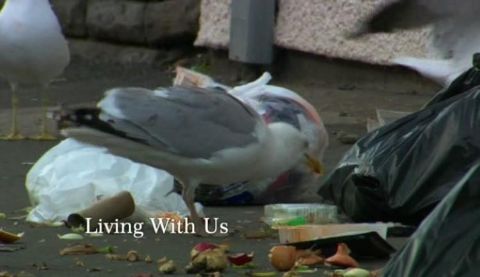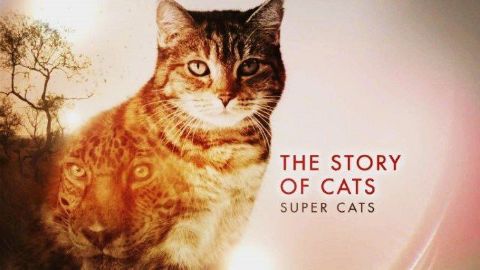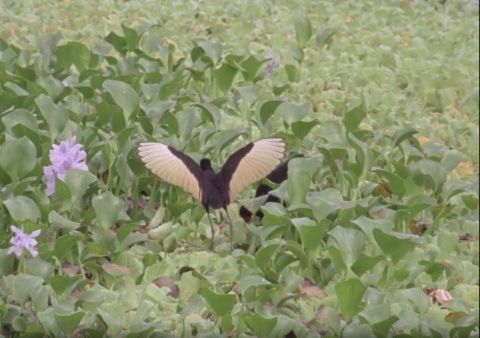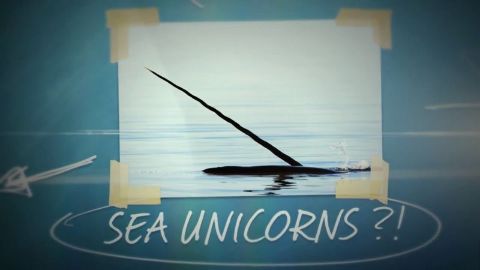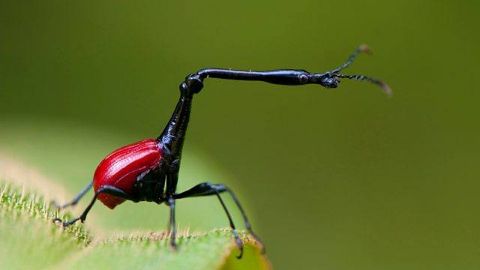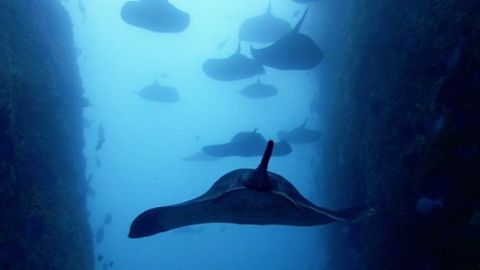Secret Life of Birds • 2012 • 5 episodes •
In this first episode, he investigates how and why birds communicate, looking at the reasons snipe use their tail feathers to make a very distinctive noise and what's happening when thousands of starlings participate in stunning aerial displays in Aberystwyth.
2012 • Nature
In this episode, Iolo investigates the courtship and nesting behaviour of birds, including the amazing courtship display of great crested grebes at a reservoir near Pontypool, the impressive sky dance of hen harriers in the dramatic Cambrian Mountains, how nuthatch use mud like cement to prepare their nest in a woodland near Harlech, and why long-tailed tits near Newtown are exceptional nest builders. On the Lleyn Peninsula near Trefor, he looks at why one colony of shags nest earlier than any others in Wales, and in Pembrokeshire he finds out where house martins nested before they used our buildings. Iolo also looks at the variety of places birds like to nest, from little ringed plovers on shingle banks along the River Tywi to puffins underground on Skomer.
2012 • Nature
Today, Iolo discovers the difficulties birds face in order to stay alive, and the programme includes a dramatic scene in which a sparrow hawk seizes the moment to attack a woodpigeon nest.
2012 • Nature
In this fourth episode, Iolo Williams explores how birds in Wales have adapted to living alongside us, making use of our buildings, parks and gardens and even the waste we throw away. One of the most notorious urban birds is the gull and Iolo explains why these very adaptable and intelligent birds are doing so well in Cardiff
2012 • Nature
In this final episode, Iolo explores bird design - from their ability to fly to the way that their beak design, colour and camouflage enable them to live in the many habitats Wales has to offer. Using ultra-slow motion photography, Iolo looks at how garden birds have such control over take off and landing, and explains why fulmars are one of our most supreme fliers.
2012 • Nature
